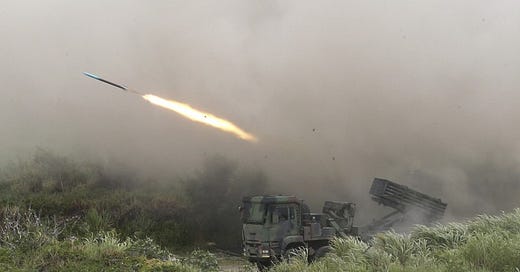Taiwan Turning Itself into a Fortress
Chinese attackers to put up with much nastier things than porcupine spines
By: Jens Kastner
Nearly 25 years after the “Porcupine Strategy” was first disseminated by US Naval War College professor William Murray, Taiwan has been making remarkable under-the-radar progress in turning itself into a fortress as the Chinese military gets ever closer to Taiwanese waters and airspace.
Although China’s psywar machinery has belittled the …
Keep reading with a 7-day free trial
Subscribe to Asia Sentinel to keep reading this post and get 7 days of free access to the full post archives.



